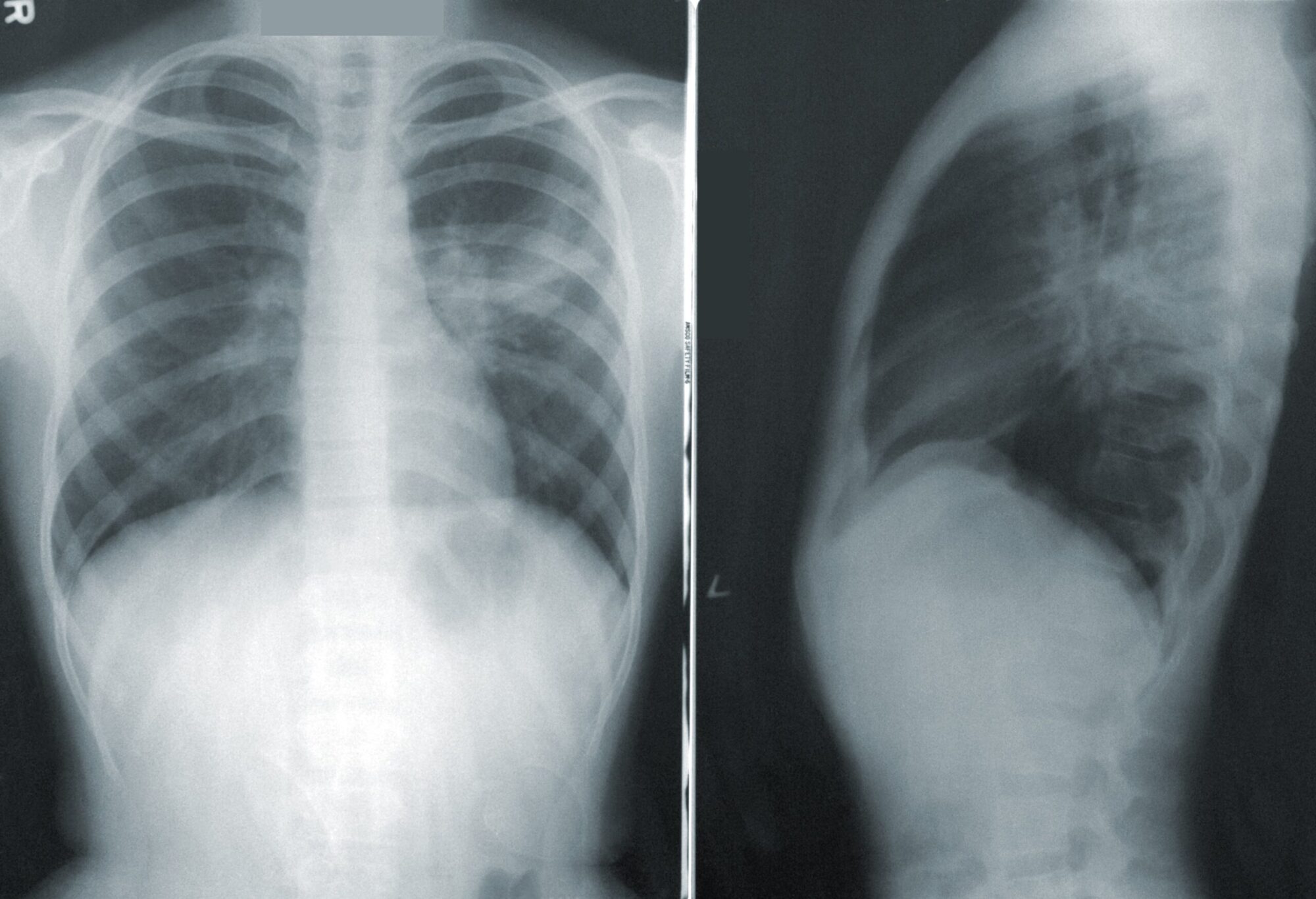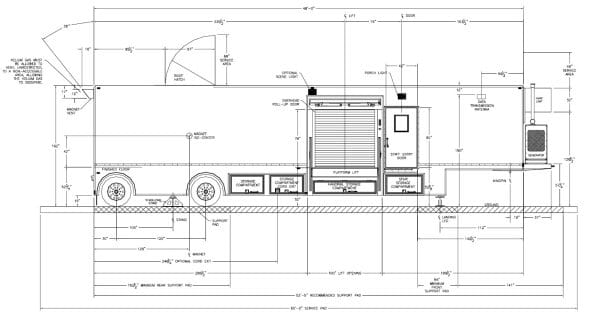Renting mobile imaging systems offers a cost-effective solution for providing essential imaging services to your patients without the significant investment of purchasing equipment or building an in-house facility. However, setting up a site to host a mobile MRI or CT scanner does require preparation.
We’ll provide a comprehensive mobile imaging planning guide that includes the key site requirements for mobile imaging needed to accommodate these mobile imaging units effectively and what to expect when renting them.
Physical Site Requirements
Mobile MRI and CT systems empower healthcare providers to deliver diagnostic imaging services in more convenient locations for their patients or to maintain services during renovations of in-house facilities. But the question remains: Where is the ideal spot to park these systems?
Trailer Size
Mobile CT and MR trailers are typically 48’ long, 8’ wide, and 13’ 6 tall. (They can be longer and wider, so it is important to check with your vendor for exact specifications). Please also note that the patient lift generally extends 58-60” from the side of the trailer, and the generator and HVAC units increase the overall length of the trailer. We provide planning guides for mobile imaging specific to each mobile unit.
Location
You can think of the mobile as a very large semi-trailer; hence, you must be able to drive it to your preferred support pad site. If the location of your support pad cannot be driven onto, then rigging will be required, which generally means additional costs. We provide our customers with a planning guide for mobile imaging that details these mobile trailer site requirements. Most trailers have the patient and technologist access on the passenger side of the trailer.
You want to locate your trailer in an area that is close enough to the building for a patient to easily access the unit. You will want to consider a nearby changing area that is convenient for patients, as most trailers will not have a changing area for patients.
Finally, you need to locate the pad in an area that is as far as possible from vehicle traffic for patient safety and, in the case of MRI, so as not to disrupt the magnetic field.
Parking Pad Size, Weight, Levelness & Materials Considerations
In general, we recommend the pad be 53’ long x 14’ wide, but the width of the support pad area must be 18’ to provide adequate service access. The pad must be constructed in such a way as to be able to handle approximately 60,000 lbs. in the case of an MR and 48,500 lbs. in the case of a CT.
We generally recommend that the support pad not exceed .125” deviation in 10’. We can and have been able to work with slightly higher deviations but those may require additional expense to our customers and must be approved in advance. Support pad depth will be determined by your local contractor, and in the case of MRI systems, only non-ferrous materials can be used to reinforce the pad.
Power Requirements
MRI and CT systems typically require 480 volts, three-phase hook-ups. We generally require the connector to be located no more than 40’ from the trailer so it is reachable from the on-board power cord. “Clean Power” is a must, as mobile MRI and CT systems are sensitive to phase-to-phase balance and voltage fluctuations.
Many mobile units are equipped with oxygen, code blue, plumbing and nurse call options. Depending on the type and make of the imaging system, water hook-ups may be required for humidity control and/or to run the chiller.
Data and Telephone Service Requirements
Data Connectivity: A stable, high-speed internet connection is required for transferring large imaging files quickly and securely between the mobile MRI unit and the main healthcare facility or cloud storage.
Remote Access: Secure access to the hospital or medical facility’s Electronic Health Records (EHR) system and Picture Archiving and Communication System (PACS) is crucial for retrieving patient data and sending MRI images.
Backup Solutions: Backup communication options (e.g., Wi-Fi or satellite) should be in place to maintain functionality in remote locations or during potential network failures.
Site Planning Guide
The mobile unit you’re planning to rent from Platinum Mobile Imaging is designed to comfortably accommodate two technologists. As part of our mobile imaging planning guide, we offer comprehensive training and customer support on the imaging device, including guidance on setting up protocols tailored to the specific technology you’ve chosen.
Mobile imaging rental can be an excellent solution for healthcare providers upgrading an in-house system and for those who don’t have the space or the capital budget for an in-house unit. If you are considering renting a mobile imaging system, please contact us today. We will be pleased to answer any of your questions and help you find the solution that best fits your particular needs.
Give us a call today at (833) 966-2445 or contact us online to find out more about the mobile trailer site requirements for mobile rental. Still have questions after this mobile imaging planning guide? Check out our blog, where we explore the question, Is Mobile Imaging Rental Right for You?



